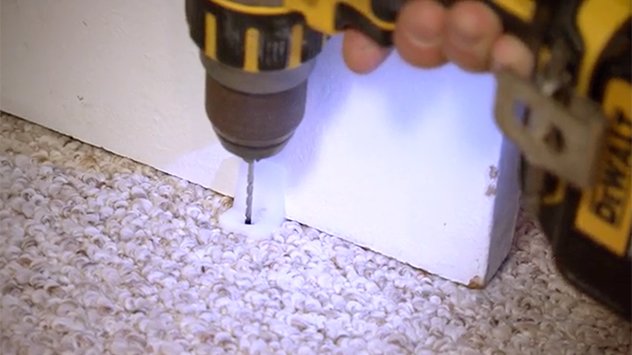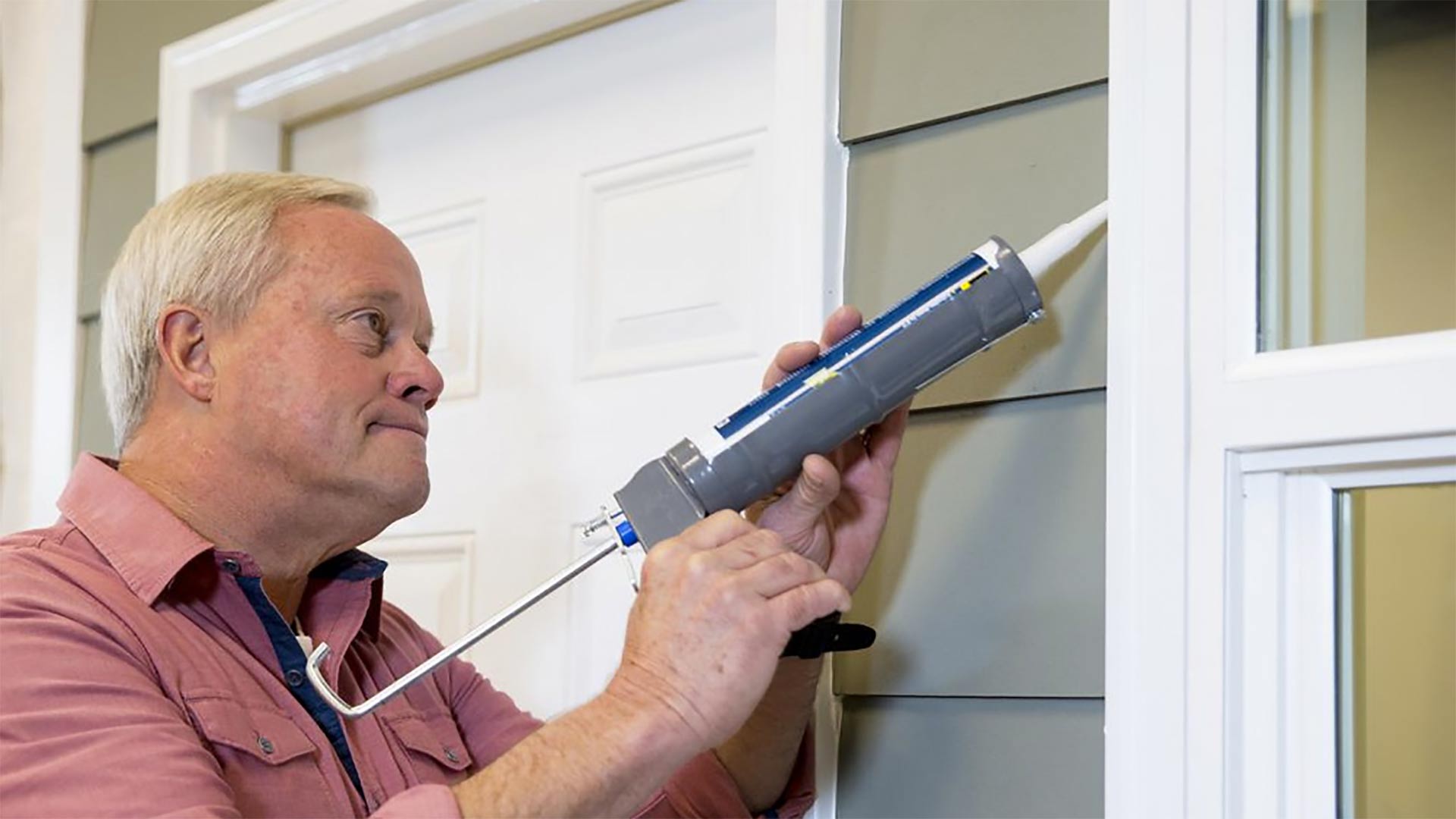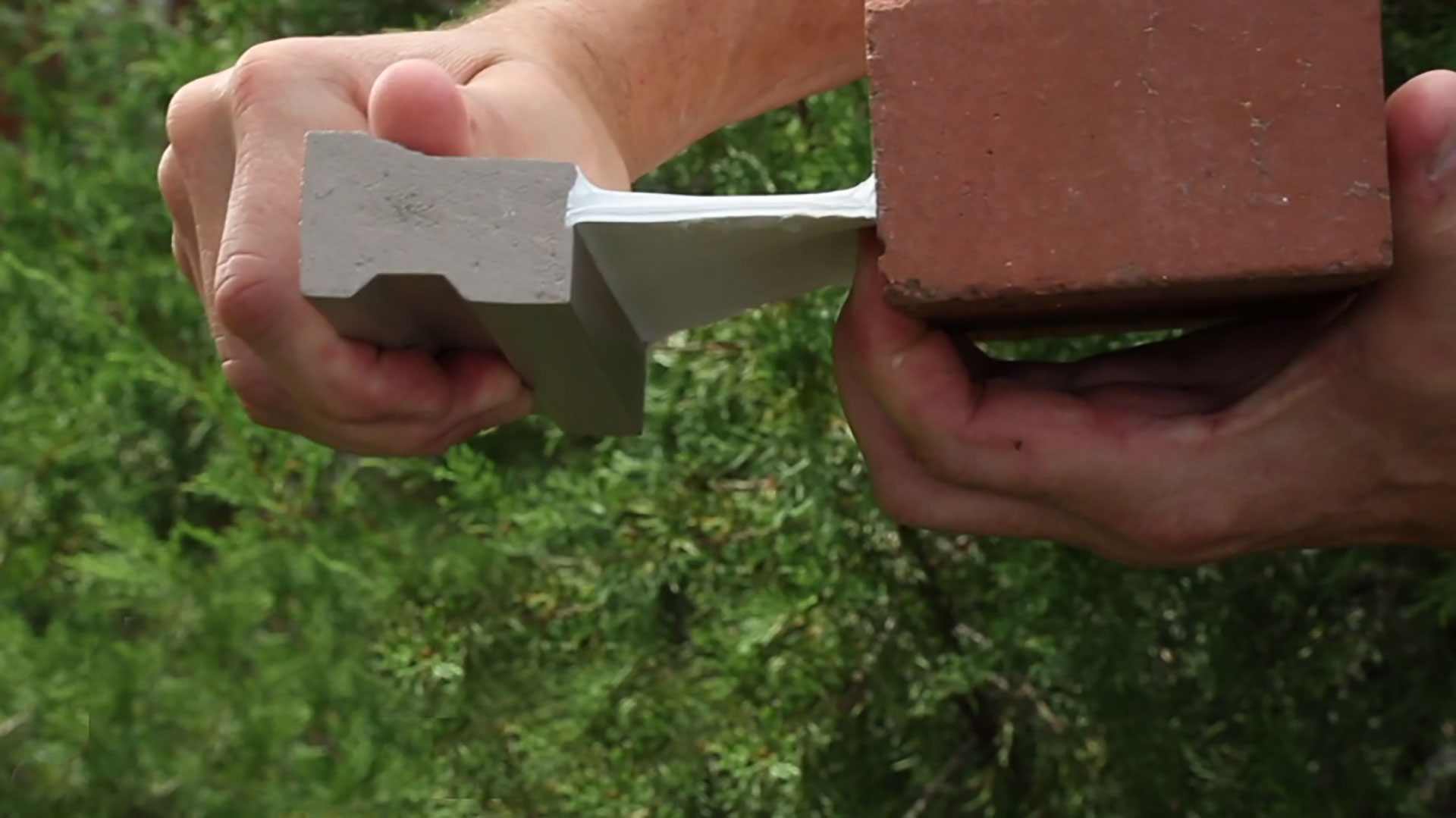The right ladder makes home projects safer and easier. But picking the wrong one can lead to accidents or frustration. Fiberglass ladders are the safer choice for electrical work and offer more stability, while aluminum ladders are lightweight and easier to carry.
Don’t just grab any ladder—choose one that fits your project to avoid safety risks and wasted effort. This guide breaks down the key differences so you can pick the best option and work confidently.
Understanding Ladder Materials: Fiberglass Vs. Aluminum
Understanding the basic properties of fiberglass and aluminum materials provides a foundation for picking which ladder may be best for your needs before we get into the benefits of each feature in a ladder’s construction.
Fiberglass Ladders
Fiberglass ladders are made from plastic reinforced with glass fibers, giving them a strong, sturdy build that’s great for heavy-duty jobs. With proper care, they can last over 10 years and handle all kinds of weather without rotting or falling apart like wooden ladders.
One big advantage of fiberglass is that it doesn’t conduct electricity. That makes it the safer choice for any work near wiring or power lines—electricians use them for a reason. They’re also tough enough for outdoor use year-round, whether you’re cleaning gutters or trimming trees.
Aluminum Ladders
Aluminum ladders are popular because they’re lightweight and easy to carry, even compared to fiberglass. Don’t let the lighter weight fool you—they’re still strong and can handle heavy loads.
The downside? Aluminum conducts electricity, so it’s not safe for electrical work. But if you’re just painting a room or doing light repairs, it’s a great choice. Aluminum won’t rust, and since it’s easy to move around, it’s ideal for jobs where you’re constantly repositioning the ladder.
Comparing Fiberglass and Aluminum Ladders
Picking the right ladder depends on the job you’re tackling. Here’s how fiberglass and aluminum ladders stack up in key areas like stability, weight, and safety.
Stability and Strength
Fiberglass ladders are heavier and more rigid, which makes them feel rock-solid underfoot. They also tend to have a wider base, helping prevent tipping—especially on uneven ground. That extra weight can be a hassle to move but adds peace of mind when you’re high up.
Aluminum ladders are lighter but more prone to flexing, especially in extreme heat. If you’re working outdoors in hot climates, aluminum can warp or twist over time, making it less stable and shortening its lifespan.
Weight and Portability
Aluminum wins hands down for portability. It’s easy to carry, haul up stairs, or slide into tight spots, making it a great choice if you’re moving it around a lot. Fiberglass, while sturdier, can be a bear to move—especially if you’re working solo or in cramped spaces.
Load Capacity
Believe it or not, aluminum ladders often support more weight than fiberglass ones of the same size. A standard 8-foot aluminum ladder can handle up to 375 pounds, while a similar fiberglass ladder may max out around 300 pounds. For homeowners, fiberglass usually handles the job just fine, but if you’re lugging heavy tools, aluminum might be the better choice.
Safety
If you’re doing any electrical work, go with fiberglass—no question. It doesn’t conduct electricity, so it’s the safer option near wiring or power lines. Fiberglass ladders also tend to have better traction with rubber-coated grips, which helps prevent slips in wet conditions.
Aluminum ladders conduct electricity, so keep them away from live wires. That said, they’re perfect for non-electrical projects, and their lighter weight makes setup and takedown safer by reducing strain.
Durability and Maintenance
Both types last a long time with proper care, but each has its weak points.
Fiberglass stands up well to weather but can break down from long-term sun exposure. A quick coat of acrylic lacquer now and then protects the surface and extends its life.
Aluminum doesn’t rust, but it can dent or bend if dropped. It’s also more vulnerable to moisture over time, so store it dry and clean to keep parts moving smoothly.
Cost
A quality 8-foot ladder—fiberglass or aluminum—will run you about $200 to $230. Fiberglass ladders tend to last longer with regular use and offer better safety for electrical work, making them a good long-term investment for frequent DIYers. If you value portability and easy storage, aluminum might be the better buy.
Choosing the Right Ladder for Your Project
Selecting the right ladder ultimately comes down to the specific needs of your project and your personal preferences. Here are some guidelines to help you make the best decision:
When To Choose a Fiberglass Ladder
Fiberglass ladders are ideal for:
- Electrical work or projects near power lines
- Outdoor projects where the ladder is exposed to the elements
- Situations requiring maximum stability and rigidity
- Tasks requiring robust ladder construction in varying weather conditions
When To Choose an Aluminum Ladder
Aluminum ladders are best suited for:
- Projects requiring frequent movement or repositioning of the ladder
- Jobs where weight capacity is a primary concern
- General construction or home maintenance tasks not involving electrical work
- Situations where it’s essential to transport the ladder easily
Final Thoughts About Fiberglass Vs. Aluminum Ladders
There’s no universal “best” ladder; fiberglass and aluminum each have their strengths. Fiberglass is the safer choice for electrical work and holds up better outdoors. Aluminum is easier to carry, especially if you’re moving it around a lot or working indoors.
The right ladder is the one that fits your project and keeps you safe while getting the job done. Think about how you’ll use it, where you’ll use it, and how often. A smart pick now means fewer headaches—and safer climbs—for years to come.








